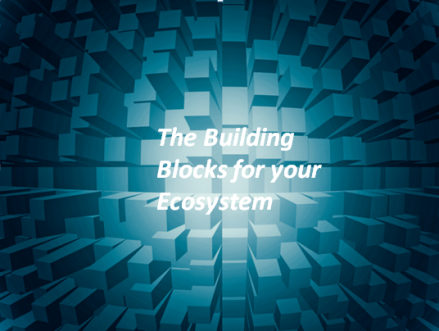 Today business organizations are in need to put in place the building blocks for managing ecosystem designs.
Today business organizations are in need to put in place the building blocks for managing ecosystem designs.
These building blocks are offering the potential of new pathways to a greater ‘connected’ innovation, expected today, one that gives increased value to the consumer.
Yet the understanding of what this means in commitment and structuring has some clear implications behind this.
Managing ecosystem arrangements I feel requires a far greater understanding of the potential design, so you can achieve a more robust, open, dynamic and highly collaborative environment.
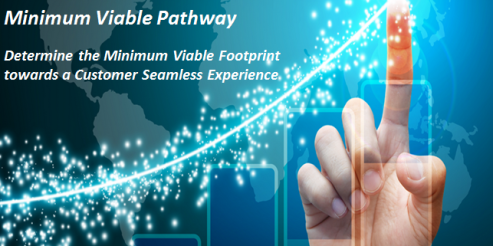 Throughout our blog posts about innovation, ecosystems and platforms, we’ve maintained one core theme: incremental, discrete product innovation will not create significant new revenues or disrupt markets.
Throughout our blog posts about innovation, ecosystems and platforms, we’ve maintained one core theme: incremental, discrete product innovation will not create significant new revenues or disrupt markets.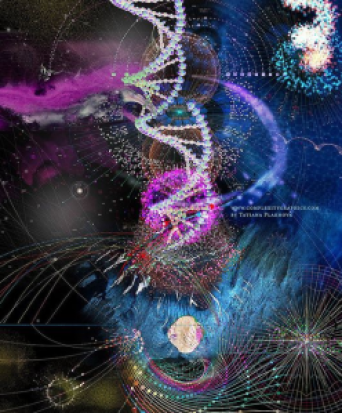
 Through our discussions about innovation, ecosystems and seamless experiences we’ve highlighted the fact that 1)
Through our discussions about innovation, ecosystems and seamless experiences we’ve highlighted the fact that 1) 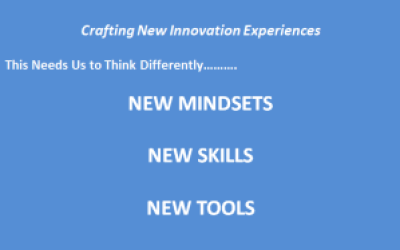 Our belief is that customer demand is changing. This will have a significant impact on the way organizations will have to adapt and change their innovation approaches in the future.
Our belief is that customer demand is changing. This will have a significant impact on the way organizations will have to adapt and change their innovation approaches in the future.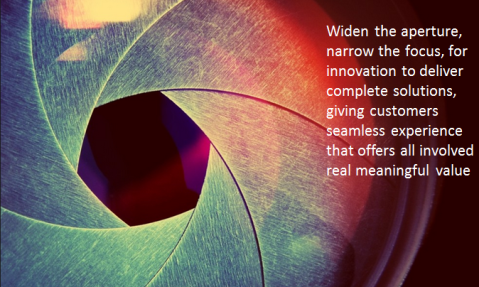

 We seem to be facing a major crossing-over point in innovation. We can either switch tracks and allow innovation to go on the slower line that continues to stop at all stations, picking up and dropping off, steadily working towards its final goal of “incremental delivery” or, we can decide to keep innovation on the fast track, picking up momentum because we need to treat innovation as ‘core’, essential and needed, to be delivering the growth engine our organizations are requiring today.
We seem to be facing a major crossing-over point in innovation. We can either switch tracks and allow innovation to go on the slower line that continues to stop at all stations, picking up and dropping off, steadily working towards its final goal of “incremental delivery” or, we can decide to keep innovation on the fast track, picking up momentum because we need to treat innovation as ‘core’, essential and needed, to be delivering the growth engine our organizations are requiring today.